Natural events and emergencies
Businesses and organisations need to manage risks to make sure working conditions are safe in areas affected by natural events and emergencies.
A to Z topics and industries > Natural events and emergencies
Showing 21 of 21 results for leptospirosis
Businesses and organisations need to manage risks to make sure working conditions are safe in areas affected by natural events and emergencies.
A to Z topics and industries > Natural events and emergencies
Guidance and learning modules providing practical suggestions for managing and preventing leptospirosis, an infectious occupational zoonotic disease.
A to Z topics and industries > Agriculture > Working with animals > Leptospirosis
Outbreaks of leptospirosis may occur after flooding and heavy rain. Leptospirosis is a significant risk to people and animals especially in flood-prone environments.
A to Z topics and industries > Natural events and emergencies > Leptospirosis: a risk after flooding and heavy rain
This guidance provides practical suggestions for managing and preventing leptospirosis, an infectious disease that passes from animals to people and between animals.
A to Z topics and industries > Agriculture > Working with animals > Leptospirosis > Prevention and control of leptospirosis
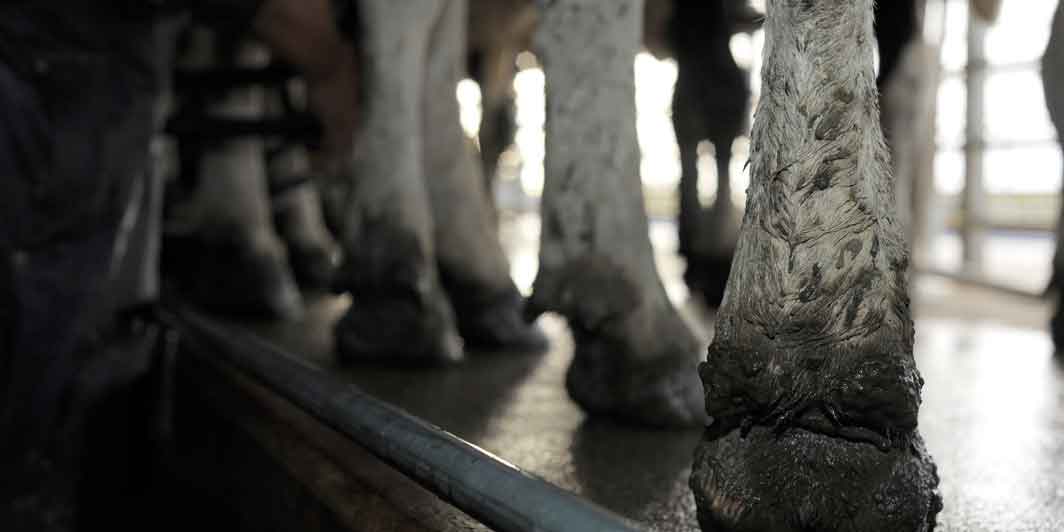
Learning modules for people who are working in close contact with animals, visiting rural/farming areas, conducting a business or undertaking (PCBUs).
A to Z topics and industries > Agriculture > Working with animals > Leptospirosis > Learning modules for managing and preventing leptospirosis
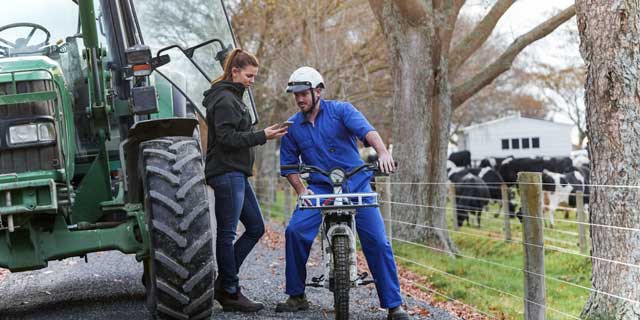
Leptospirosis is an infectious disease commonly spread from animals to people and between animals by infected urine or urine contaminated water and environments.
A to Z topics and industries > Agriculture > Working with animals > Leptospirosis > Leptospirosis: a risk for those working with animals
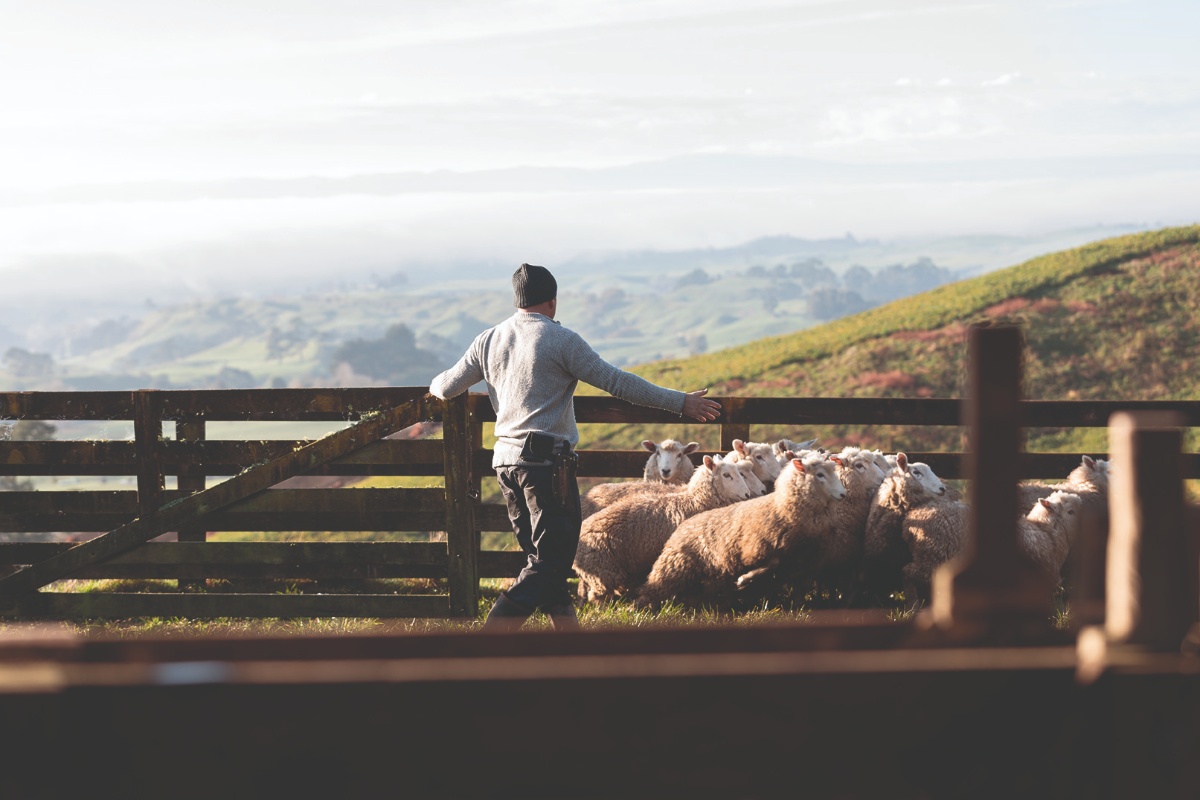
This section covers key points and other useful information about working with animals, identifying common hazards, and appropriate controls.
A to Z topics and industries > Agriculture > Working with animals
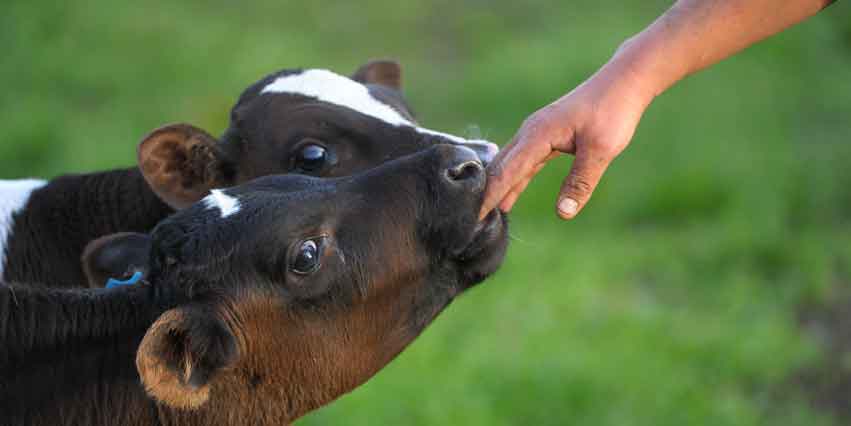
Always assume that debris and flood water (and therefore silt) is contaminated with farm run-off, chemicals, or sewage. Contaminated debris, flood water, and silt can make you sick.
A to Z topics and industries > Natural events and emergencies > Working with silt or contaminated soil after a natural event or emergency
Whether you‘re a representative from a large organisation, a self-employed contractor or an interested member of the public, your views are important to us and we encourage you to have your say.
Laws and regulations > Consultations
Reducing work-related ill health is a priority for WorkSafe. We have specialists in a range of work health and safety fields who support businesses to manage work-related health risks.
Notifications > Report an unsafe or unhealthy work situation > Notifying occupational disease or illness > Health conditions notified to WorkSafe
We produce a range of information to keep you informed about our work. Here you can access our latest media releases, newsletters, bulletins and safety alerts.
About us > News and media
Find out which work-related illnesses, injuries and incidents need to be notified to WorkSafe
Notifications > What events need to be notified?
Farms are environments where families work, live and play, and as a workplace, they raise unique challenges that other businesses may not even consider
A to Z topics and industries > Agriculture > Keeping safe on farms > Children and young people on farms
This good practice guideline covers the emptying out (fasting) of sheep prior to shearing.
A to Z topics and industries > Agriculture > Working with animals > Working with sheep > Fasting of sheep prior to shearing guide
The purpose of these guidelines provide advice on how to keep people safe in the shearing industry.
A to Z topics and industries > Agriculture > Working with animals > Working with sheep > Safe sheep shearing guide
We produce a range of publications and resources to help you understand and manage the risks associated with your business. You can browse by topic, industry and type of resource
Publications and resources
These guidelines will help reduce the risk of injuries and fatalities by providing practical guidance on farm health and safety
A to Z topics and industries > Agriculture > Keeping safe on farms > Managing health and safety: A guide for farmers
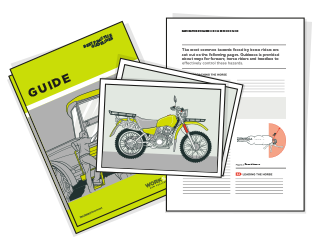
A to Z topics and industries > Road and roadside > Keeping healthy and safe while working on the road or roadside > Part B – Managing health risks for road and roadside workers > 11.0 Biological hazards
Dale McAlwee is the grand finalist from Aorangi. Learn about his approach to health and safety.
A to Z topics and industries > Agriculture > Helping young farmers become old farmers > Young Farmer of the Year 2021 > Dale McAlwee
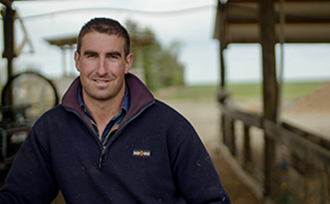
Showing 21 of 21 results for leptospirosis